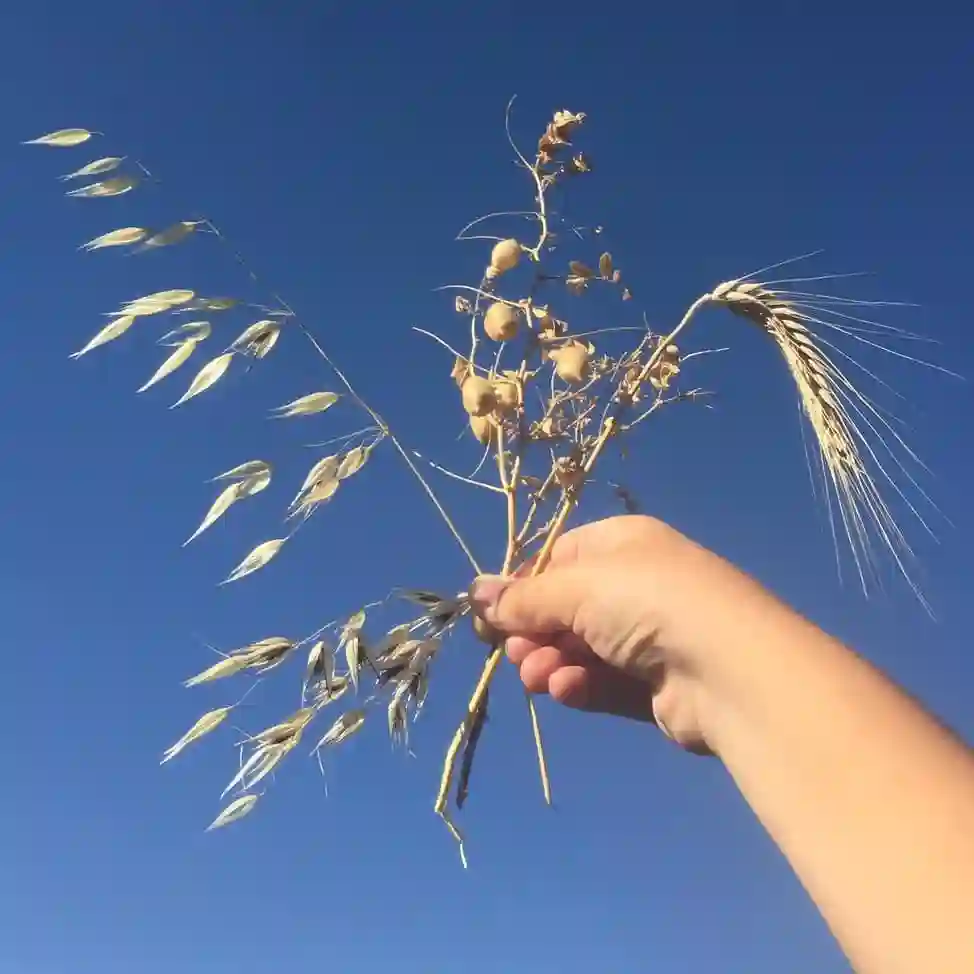FAQs About Aquilegia Saximontana
Aquilegia Saximontana, commonly known as the Rocky Mountain columbine, has fascinated me for years. Its delicate flowers and unique foliage make it a standout in any garden. Here, I’ll share my insights and answers to frequently asked questions about this beautiful plant.
135 Species in Genus Aquilegia – Columbine Flower
What is Aquilegia Saximontana?
Aquilegia Saximontana is a perennial flowering plant native to the rocky slopes of the Rocky Mountains. Known for its stunning, blue to purple flowers that bloom in late spring to early summer, this columbine thrives in well-drained soil and full to partial sunlight. It typically grows to a height of 12 to 18 inches, creating a lovely low-maintenance addition to gardens and landscapes.
How to Care for Aquilegia Saximontana?
Caring for Aquilegia Saximontana is relatively straightforward, which is one reason I love it. Here are some tips based on my experiences:
- Light: This plant prefers full sun but can tolerate partial shade, especially in hotter climates. I’ve found that morning sun with afternoon shade promotes better blooming.
- Soil: Well-drained soil is crucial. I recommend a mix of regular garden soil with sand or gravel to enhance drainage.
- Watering: While Aquilegia Saximontana is drought-tolerant once established, regular watering during dry spells helps keep it healthy. I usually water deeply once a week, depending on rainfall.
- Fertilization: A balanced fertilizer in early spring can boost growth and flowering. I use an organic fertilizer to promote healthy roots and blooms.
- Pruning: Deadheading spent flowers encourages more blooms. I often prune back the foliage in late fall to prepare for winter.
How to Propagate Aquilegia Saximontana?
Propagating Aquilegia Saximontana can be done through seeds or division:
- Seeds: I prefer starting with seeds. Sow them in late winter or early spring. The seeds require light for germination, so I simply scatter them on the surface of the soil and mist them lightly.
- Division: If you have an established plant, division can be done every few years in spring or fall. Carefully dig up the plant and separate the root ball into smaller sections, ensuring each has roots and foliage. Replant immediately.
What to Plant With Aquilegia Saximontana?
Aquilegia Saximontana pairs beautifully with several other plants. Here are some of my favorite combinations:
- Sedums: The contrasting textures of sedums and columbine create visual interest. I’ve had great success with Sedum Spurium.
- Heuchera: Coral bells add a lovely contrast with their foliage colors. The height difference enhances the overall garden aesthetic.
- Lavender: The purple flowers of lavender complement Aquilegia Saximontana beautifully, and their fragrant aroma is a bonus.
Is Aquilegia Saximontana Toxic?
Aquilegia Saximontana is considered mildly toxic if ingested, especially the seeds. Symptoms can include nausea, vomiting, and diarrhea. While I have never experienced issues in my garden, it’s wise to keep it away from pets and young children.
What Are the Benefits of Aquilegia Saximontana?
Beyond its aesthetic appeal, Aquilegia Saximontana offers several benefits:
- Attracts Pollinators: I’ve noticed that this plant attracts bees, butterflies, and hummingbirds, which adds life to my garden.
- Drought Tolerance: Its ability to withstand dry conditions makes it an excellent choice for xeriscaping.
- Low Maintenance: Once established, it requires minimal care, freeing up my time for other gardening tasks.
Common Problems
Like any plant, Aquilegia Saximontana can face a few challenges. Here are some issues I’ve encountered:
- Powdery Mildew: This can occur in humid conditions. I’ve found that ensuring good air circulation and avoiding overhead watering helps prevent it.
- Pests: Watch for aphids and spider mites. I typically use insecticidal soap at the first sign of infestation.
How Does Aquilegia Saximontana Compare to Other Columbines?
Aquilegia Saximontana is often compared to Aquilegia caerulea, the Colorado columbine. While both plants share similar habitats, Saximontana has more compact growth and distinct flower shapes. I appreciate Saximontana for its unique color palette and adaptability to different garden settings.
Final Thoughts
Aquilegia Saximontana is a gem in the garden world. Its beauty, resilience, and low-maintenance nature make it a favorite of mine. Whether you’re a seasoned gardener or a beginner, this plant deserves a spot in your landscape. By following the care tips and understanding its needs, you’ll enjoy its stunning blooms for years to come.
If i die, water my plants!



